Fleurs du Mal Magazine


Or see the index
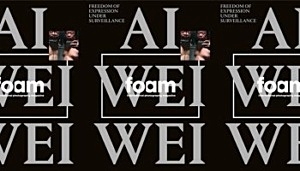 Ai Weiwei – #SafePassage
Ai Weiwei – #SafePassage
16 september – 7 december 2016
Dit najaar presenteert Foam #SafePassage, een tentoonstelling van het werk van de Chinese kunstenaar en activist Ai Weiwei (1957, Beijing). Omdat de kunstenaar zelf lange tijd constant in de gaten werd gehouden door de Chinese overheid, ervaart hij een persoonlijke verbondenheid met de groeiende stroom vluchtelingen die Europa probeert binnen te komen.
Sinds zijn eerste bezoek aan het Griekse eiland Lesbos, in december 2015, bezocht Ai Weiwei met zijn team tal van vluchtelingenkampen rond de Middellandse Zee, onder andere in Syrië, Turkije, Israël en Frankrijk. De tentoonstelling gaat over de strijd tussen het individu en de machtsstructuren die de samenleving domineren. Centraal staan zowel de ervaringen die Ai Weiwei ertoe hebben gebracht zijn vaderland te verlaten, als die van honderdduizenden vluchtelingen en migranten die hun leven blijven riskeren om Europa te bereiken, vaak met als enige resultaat dat zij voor gesloten grenzen komen te staan.
 Ai Weiwei
Ai Weiwei
Ai Weiwei, die als belangrijkste Chinese kunstenaar, ontwerper en curator van dit moment wordt beschouwd, is een vooraanstaand sociaal en cultureel commentator. Hij is een voorvechter van mensenrechten en democratie en levert onvermoeibaar en ongezouten kritiek op het politieke stelsel in China. Hij heeft herhaaldelijk onderzoek gedaan naar overheidscorruptie en doofpot affaires, waardoor hij een voortdurende doorn in het oog is van de Chinese autoriteiten. Na zijn arrestatie op de internationale luchthaven van Beijing in 2011 werd hij 81 dagen lang in het geheim gevangen gehouden, zonder dat er ooit officieel een aanklacht tegen hem was ingediend. Tijdens zijn gevangenschap werd hij continu verhoord en 24 uur per dag geobserveerd. Hij verkeerde in het gezelschap van twee bewakers die nooit van zijn zijde weken, zelfs niet als hij naar het toilet ging of sliep. Na zijn vrijlating werd zijn paspoort in beslag genomen en werd hij gedwongen om in te China blijven, waar de autoriteiten hem nauwlettend in de gaten bleven houden.
Tijdens de continue bewaking trachtte Ai Weiwei de situatie zoveel mogelijk in eigen hand te houden en zich op allerlei manieren te onttrekken aan de onophoudelijke inbreuken op zijn privacy. Hij startte een reeks experimenten, variërend van een livestream van zijn dagelijks leven via vier webcams in zijn atelier die wereldwijd kon worden bekeken op de website weiweicam.com, tot het bijhouden van een blog – totdat de overheid ingreep en hem beide mogelijkheden ontnam. Foam Magazine #43, dat in december 2015 verscheen, was volledig gewijd aan het thema ‘Freedom of Expression under Surveillance’ (‘vrijheid van expressie onder toezicht’). Ai Weiwei, die zelf als gastredacteur fungeerde en centraal stond in dit nummer, deed daarin uitgebreid verslag van deze belangrijke en donkere periode in zijn leven.
Tentoonstelling
De tentoonstelling begint met werken die een afspiegeling vormen van de persoonlijke ervaringen van de kunstenaar terwijl hij onder voortdurend toezicht stond, zoals is beschreven in Foam Magazine #43. In 2015 kreeg Ai uiteindelijk zijn paspoort terug. Kort daarna vertrok hij naar Europa en vestigde zich in Berlijn, waar hij nu zijn atelier heeft. Nog altijd hanteert hij de strategie van ultieme zelfbewaking, in de vorm van een vrijwel continue stroom beelden die hij op Instagram plaatst. Zo kan iedereen met een internetverbinding hem van dag tot dag volgen. Sinds zijn eerste bezoek aan het Griekse eiland Lesbos, in december 2015, fungeren zijn Instagram-beelden als een soort realtime nieuwsblog van de reizen van zijn team langs de vluchtelingenkampen in het Middellandse Zeegebied. Als tweede deel van de tentoonstelling worden de wanden van Foam vol gehangen met duizenden foto’s die hij met zijn mobieltje heeft gemaakt. Het zijn overwegend spontane kiekjes die een goede indruk geven van de leefomstandigheden in de kampen. Deze immense collage geeft uitdrukking aan de talloze persoonlijke ontmoetingen die de kunstenaar had met mensen in de vluchtelingenkampen, waardoor de omvang van de crisis nog eens pijnlijk wordt benadrukt. Ai Weiwei’s beelden gaan vergezeld van een selectie uit zijn inmiddels legendarische serie marmeren beelden en een aantal van zijn video’s, waaronder: Chang’an Boulevard (2004), dat een beeld schetst van de weg die Beijing langs een oost-west as in tweeën deelt en On the Boat (2016), waarin we de kunstenaar zien op een achtergelaten boot midden op de oceaan.
Ai Weiwei is vooral bekend om zijn sculpturen en omvangrijke installaties, waarmee hij conceptueel een verbinding legt tussen traditionele cultuurgebonden ambachten en hedendaagse politieke boodschappen. Daarbij brengt hij een relatie tot stand tussen historische wortels, materialen en paradigma’s, en actuele vraagstukken in onze moderne maatschappij. Ai heeft overal ter wereld grote tentoonstellingen en paviljoens ingericht, maar daarnaast is hij ook architect, schrijver, cineast, filosoof en politiek activist. Weiwei’s activiteiten zijn onlosmakelijk verbonden met de staat van de hedendaagse Chinese kunst en maatschappij – of het nu gaat om samenwerking met het Zwitserse architectenbureau Herzog & de Meuron, dat hij met artistieke adviezen terzijde stond bij de bouw van het nationale stadion van Beijing voor de Olympische Spelen van 2008, of om zijn onderzoek naar corruptie bij de Chinese overheid.
De tentoonstelling wordt geopend op donderdag 15 september, vanaf half 6, in het bijzijn van de kunstenaar.
Foam
Keizersgracht 609
1017 DS Amsterdam
+31 20 5516500
foam.org
# Meer informatie: www.foam.org
Photo Anton K. (FdM): Protest in Berlin, Linienstrasse, 2011
fleursdumal.nl magazine
More in: Ai Weiwei, Anton K. Photos & Observations, Art & Literature News, Exhibition Archive, MUSEUM OF PUBLIC PROTEST, Photography, REPRESSION OF WRITERS, JOURNALISTS & ARTISTS, Sculpture
.jpg)

.jpg)
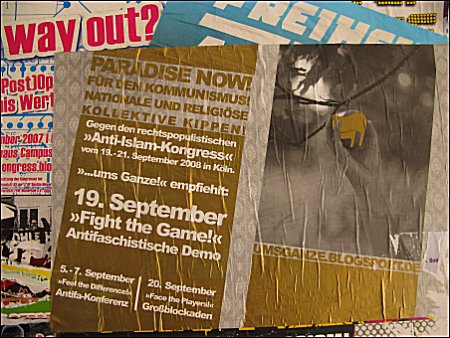

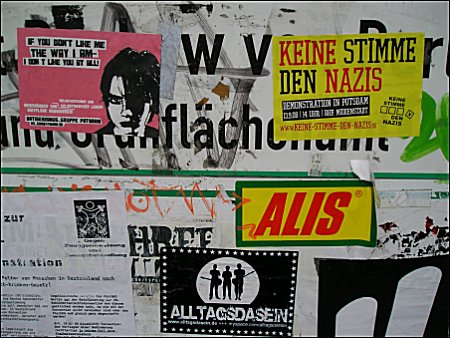
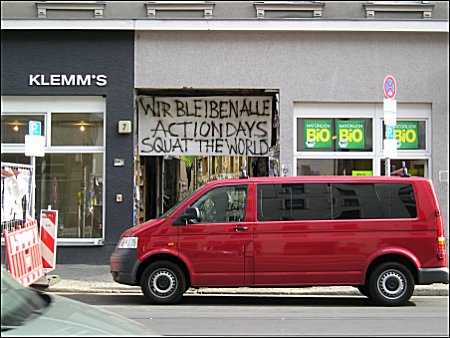
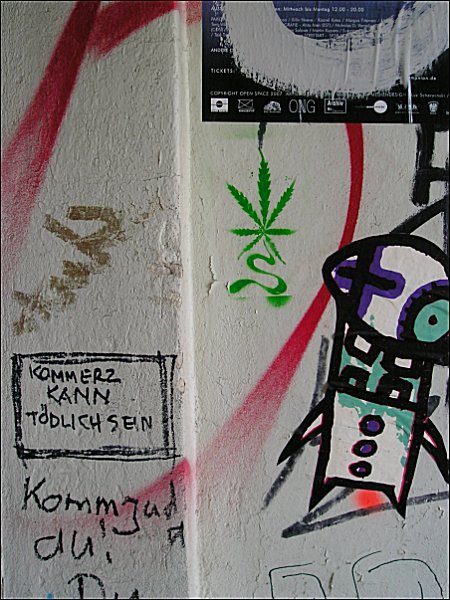


Nachrichten aus Berlin
Unser Korrespondent Anton K. berichtet:
Berliner Plakate IV: Protest
Photos Anton K.
fleursdumal.nl magazine
More in: Anton K. Photos & Observations, FDM in Berlin, MUSEUM OF PUBLIC PROTEST, Nachrichten aus Berlin
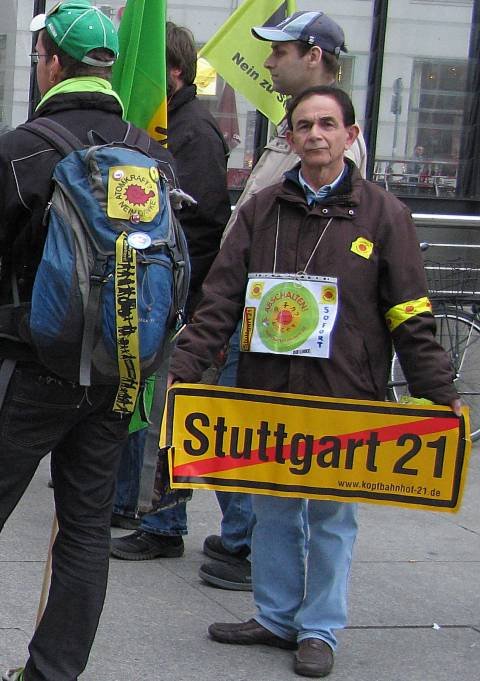
Street poetry: Stuttgart 21
Museum of Public Protest
Photo Anton K. Berlin 2011
fleursdumal.nl magazine
More in: Anton K. Photos & Observations, MUSEUM OF PUBLIC PROTEST, Street Art, Street Poetry
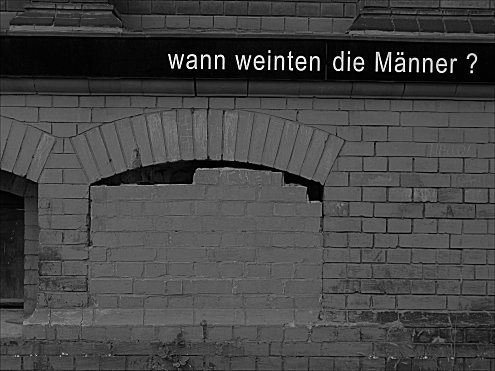
Street Poetry (Berlin):
Wann weinten die Männer?
fleursdumal.nl magazine
photo anton k.
More in: Anton K. Photos & Observations, Street Art, Urban Art
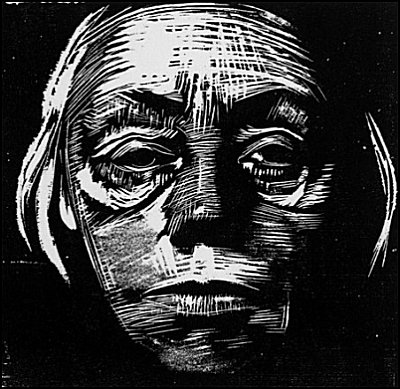
K ä t h e K o l l w i t z
D i e T o t e n m a h n e n u n s
( I I ) B i l d e r
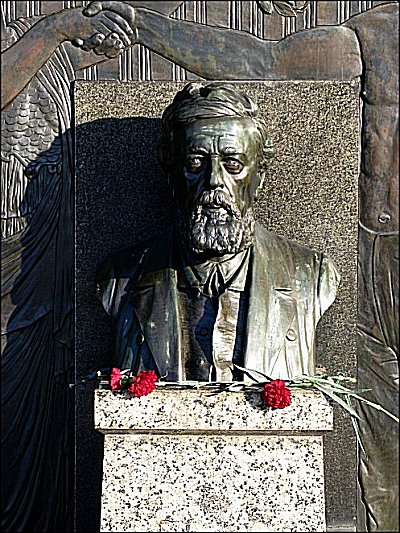
Denkmal Karl Liebknecht
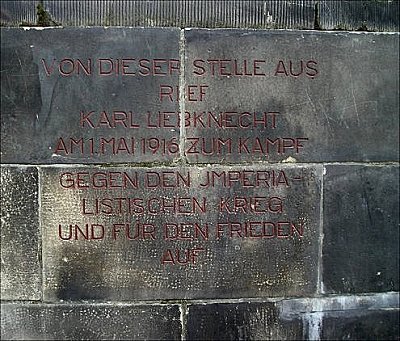

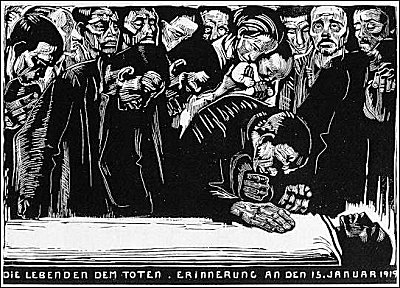
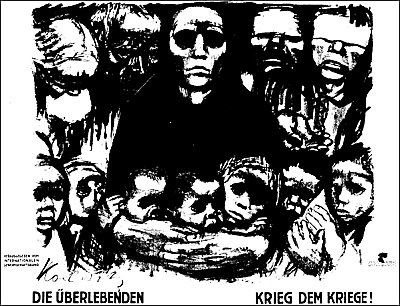
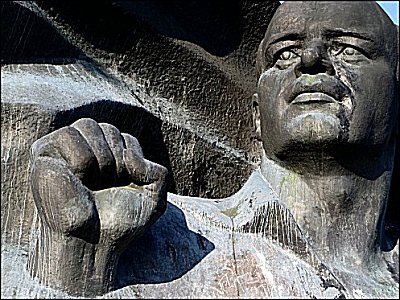
Denkmal Ernst Thalmann
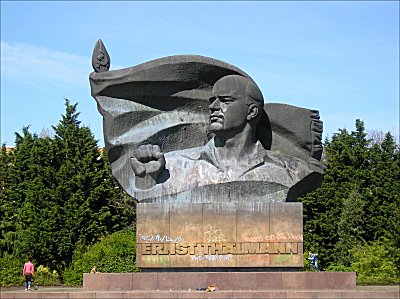
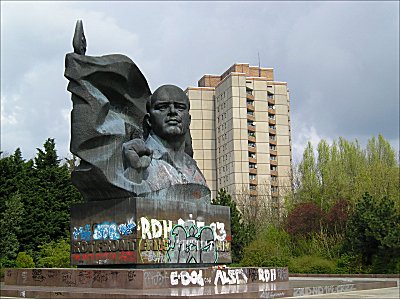

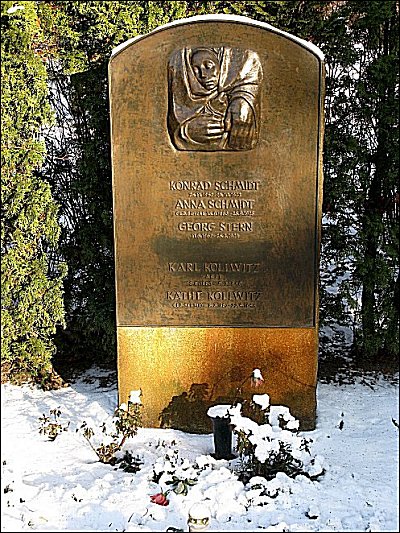
.jpg)
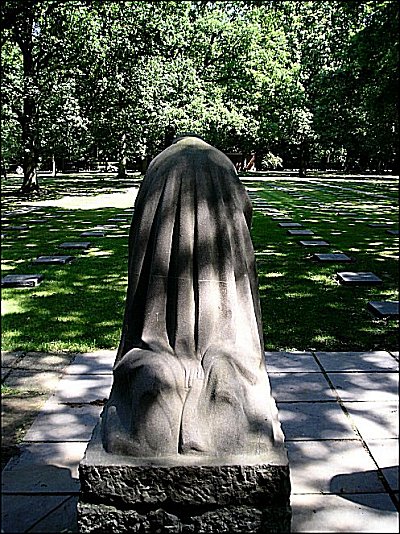

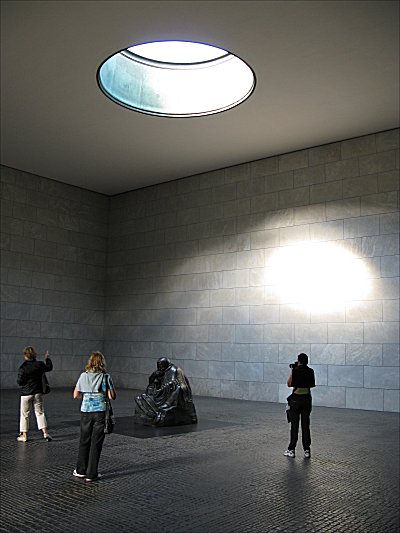


Käthe Kollwitz
Die Toten mahnen uns (II) Bilder
Photos: Anton K. Berlin
fleursdumal.nl magazine – magazine for art & literature
More in: *War Poetry Archive, Anton K. Photos & Observations, Käthe Kollwitz
.jpg)
K ä t h e K o l l w i t z
Die Toten Mahnen uns
Berlin
The street names still reflect old DDR times, before the demolishment of the wall in 1989. The Karl-Liebknecht-Straße runs alongside the Alexanderplatz and connects Prenzlauer Berg to the Museuminsel and Unter den Linden. At the Rosa-Luxembourg-Platz, a few hundred meters to the north, a monument to Herbert Baum and a memorial plaque to Ernst Thälmann commemorate the resistance of the communists against fascism and against the wars that overshadowed life in Europe during the first half of the 20th century. The rise of a working class who lived in miserable conditions dominated social discussions in the early 1900’s. In 1914 a complex combination of imperialism, militarism and strong nationalistic feelings led to the First World War which eventually involved 75 percent of the world’s population and took the lives of 20 million soldiers and civilians. After the war the political situation in Germany remained unstable. The Treaty of Versailles declared Germany responsible for the war, it redefined its territory and Germany was forced to pay enormous war reparations. This treaty caused great bitterness in Germany and was a source of inspiration for both left and right extremism. It eventually led to the rise of fascism and the Second World War. Karl Liebknecht and Rosa Luxembourg, founders of the Kommunistische Partei Deutschland (KPD), were killed in 1919 by Freikorpsen, right extremist remainders of the German army. Herbert Baum and his resistance group were killed by the Gestapo in 1942 and Ernst Thälmann, Hitlers political opponent during the elections of 1932, was executed in Buchenwald in August 1944, on direct orders from Hitler.

Käthe Kollwitz
Käthe Schmidt was born in Königsberg in 1867 in a family of social democrats that were sensitive to the changes that were taking place in society. Her talent for art was recognised and stimulated by her father. She received lessons in drawing in a private art school in Berlin. Under the influence of her teacher Stauffer-Bern and the work of Max Klinger she decided to focus on black and white drawing, etching and lithography. She married Karl Kollwitz, a friend of the family, in 1891. Karl had decided to dedicate his live to the poor working class and started a doctor’s practice in Prenzlauer Berg in a street that is now called the Käthe-Kollwitz-Straße. They had 2 sons, Hans and Peter. Käthe was deeply moved by the social misery she was confronted with in her husbands practice and the life of the working class became a dominant theme in her work. It was Gerhard Hauptman’s play ‘die Weber’ that inspired her to her first successful series of etchings called ‘Ein Weberaufstand’. Another successful series was ‘Bauernkrieg” for which she received the prestigious ‘Villa Romana’ price. At the age of 50 Käthe had become famous throughout Germany and to the occasion of her birthday, exhibitions of her work were held in Berlin, Bremen and Königsberg.
In October 1914 her son Peter was killed in the trenches of Flanders. To his memory Käthe designed a monument which took her almost 18 years to complete. In Diksmuide-Vladslo, in a landscape covered by hundreds of war cemeteries, her ‘Grieving Parents’ impressively expresses the poignant grief and helplessness of parents who have lost a child. The death of her son had a great impact on her work and war and death became the dominant themes. When Karl Liebknecht was killed in 1919 his family asked Käthe to make a drawing to his memory. In a charcoal drawing she depicts the worker’s farewell to Liebknecht. A final version in woodcut was made 2 years later. Sieben Holzschitte zur Krieg were made in 1920/1923 and her famous poster Nie Wieder Krieg, a consignment by the International Labours Union, in 1924. She was not the only artist that stood up against war but while the artistic protests of for instance George Grosz, Otto Dix or Frans Masereel were primarily aimed at the horrors of the battlefield or the political climate, Käthe Kollwitz’s concern was with the human suffering of those who were left behind.
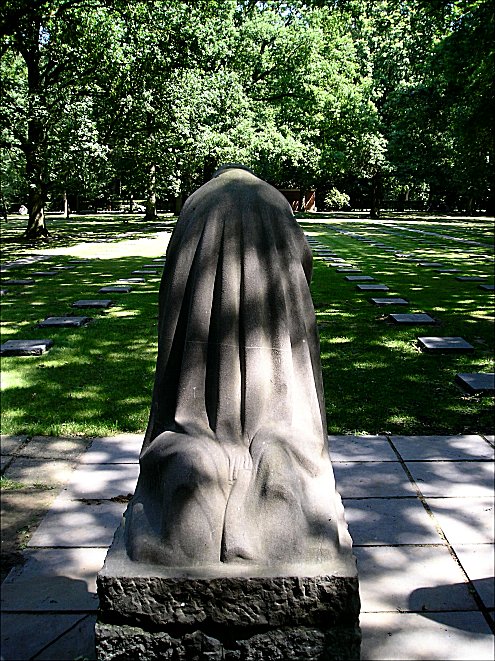
When the Nazis came to power in 1933, she and her husband signed an urgent appeal to unite the working class and to the formation of a front against Hitler. The SPD and KPD were forbidden by the Nazis and Käthe was removed from her position at the Berlin Art Academy where she was heading the Masterclass of Graphics. Exhibitions of her work were forbidden. Karl was also temporarily disallowed to exercise his practice and their financial situation became precarious until his ban was relieved due to a shortage of skilled physicians. Karl Kollwitz, after a life dedicated to the health of the poor, died in July 1940.
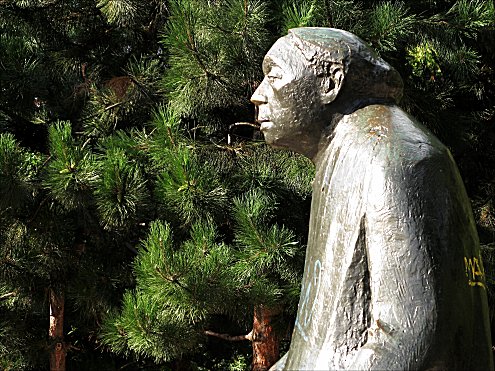
After Karl’s death Käthe suffered from depression and her physical condition was rapidly declining. The house in Berlin where she and Karl had been living since 1891 was bombed in 1943 and Käthe was evacuated to Nordhausen and later to Moritzburg. A few days before the end of the Second World War, in April 1945, Käthe Kollwitz died. She was buried in the family grave in Berlin-Friedrichsfelde at the same cemetery where a memorial monument pays tribute to the socialist heroes Karl Liebknecht, Rosa Luxembourg and Ernst Thälmann.
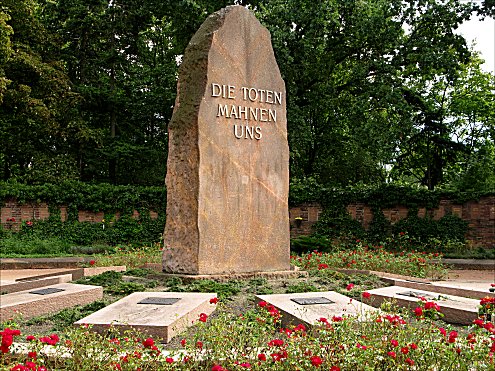
A mission
Käthe’s importance as an artist cannot be overvalued. Her authentic, expressive depictions of human misery, resulting from the exploitation of human labour, from fascism and war, are timeless, genuine and moving. She was not a politician but an artist with a vocation who found a way to make art that goes straight to the heart.
When you are in Berlin be sure to visit ‘Die Neue Wache’, a building designed by Christian Schinkel, which since the 1960-s is a monument against war and fascism. In the centre of the building, right beneath a circular opening in the ceiling, Käthe Kollwitz’s sculpture Mother and Child is an arresting plea for vigilance against mentalities and attitudes that may again lead to fascism and war.
References:
Ilse Kleberger: Kathe Kollwitz, Eine Biographie
Venues
Neue Wache – Unter den Linden near the Museuminsel
Kathe Kollwitzmuseum Berlin – Fasanenstrasse 24

Käthe Kollwitz: Die Toten mahnen uns – part I
Photos & text: Anton K. Berlin
![]()
Find also on fleursdumal.nl magazine:
Nie Wieder: Wache gegen Faschismus
and
Historia Belgica: Alles voor Vlaanderen
![]()
fleursdumal.nl magazine – magazine for art & literature
to be continued
More in: *War Poetry Archive, Anton K. Photos & Observations, Fascism, Käthe Kollwitz, Sculpture

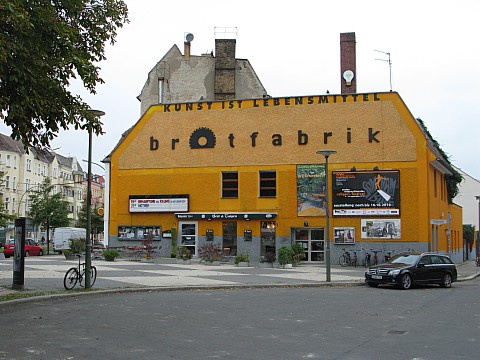
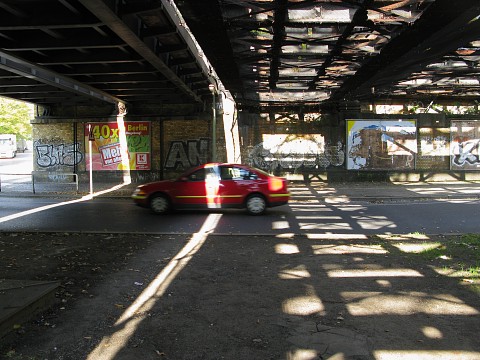

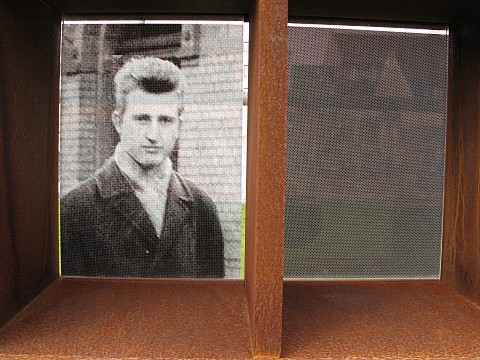
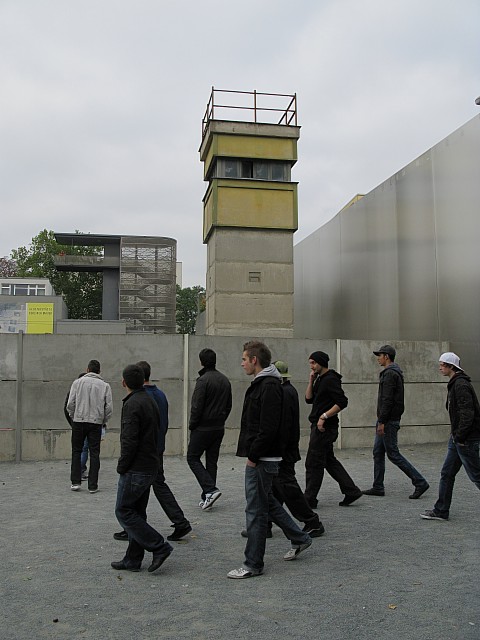





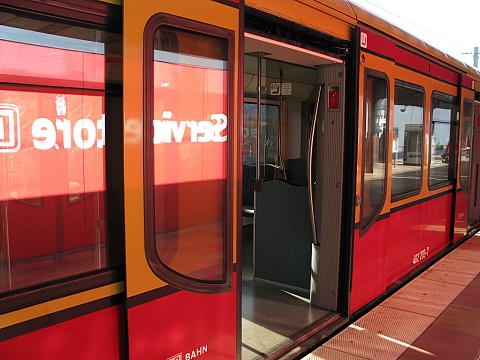

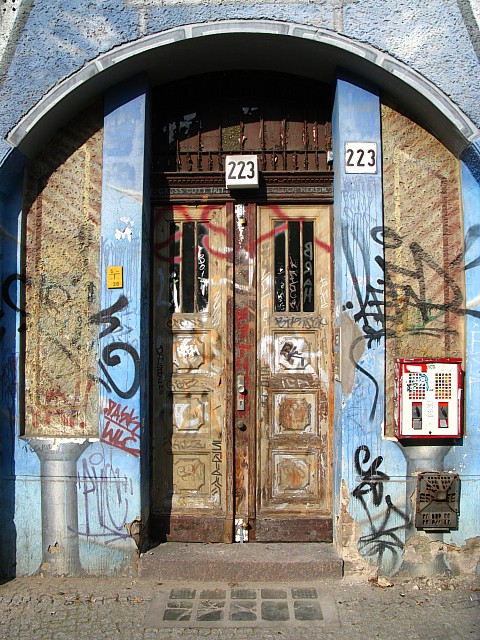
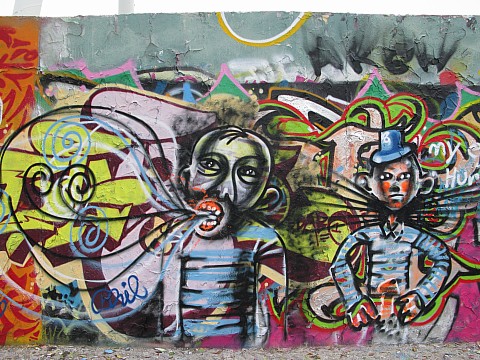
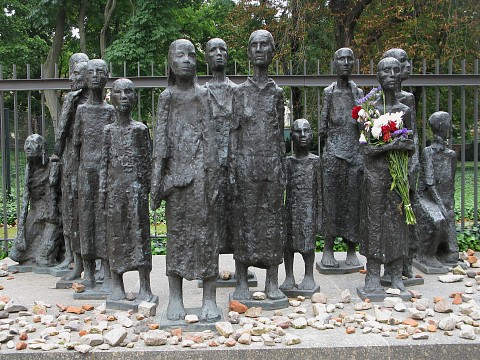
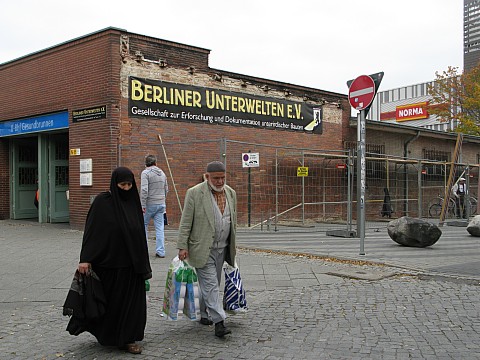
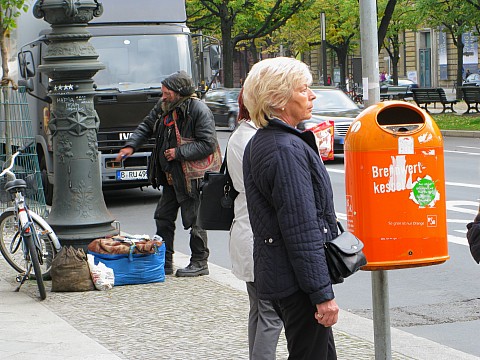
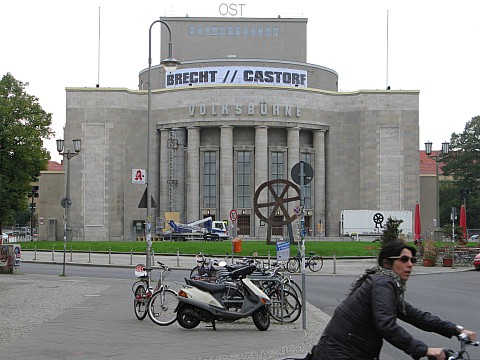
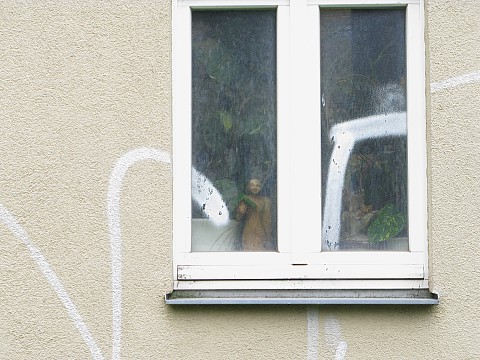
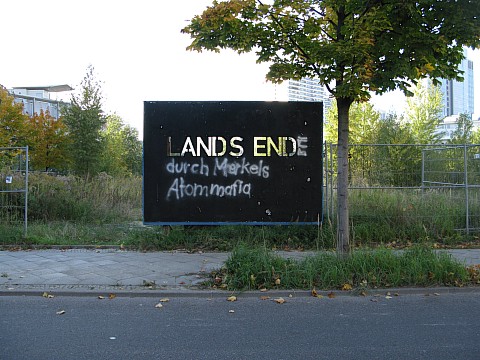
Anton K.: Pictures of a journey to Berlin, 2009
Mit ein gedicht von Paul Boldt (1885-1921)
Berlin
Die Stimmen der Autos wie Jägersignale
Die Täler der Straße bewaldend ziehn.
Schüsse von Licht. Mit einem Male
Brennen die Himmel auf Berlin.
Die Spree, ein Antlitz wie der Tag,
Das glänzend meerwärts späht nach Rettern,
Behält der wilden Stadt Geschmack,
Auf der die Züge krächzend klettern.
Die blaue Nacht fließt in der Forst.
Sie fühlt, geblendet, daß du lebst.
Schnellzüge steigen aus dem Horst!
Der weiße Abend, den du webst,
Fühlt, blüht, verblättert in das All.
Ein Menschenhände-Fangen treibst du
Um den verklungnen Erdenball
Wie hartes Licht; und also bleibst du.
Wer weiß, in welche Welten dein
Erstarktes Sternenauge schien,
Stahlmasterblühte Stadt aus Stein,
Der Erde weiße Blume, Berlin.
Paul Boldt (1914)
fleurs du mal magazine
More in: Anton K. Photos & Observations, Boldt, Paul, FDM in Berlin, Nachrichten aus Berlin
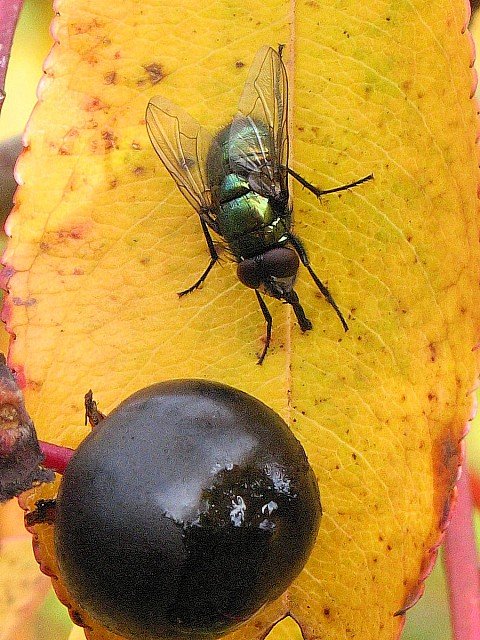
Friedrich Haug
(1761-1829)
An die Fliege
Kleine rege Fliege!
Lose Schwärmerin!
Dürstest du, so schmiege
Dich an’s Kelchglas hin!
Komm, du bist geladen!
O mein Traubenmost
Soll dein Kehlchen baden
Süß, wie Götterkost.
SchlürfeLust und Feuer!
Taumle gar hinab!
Ich bin dein Befreier
Aus dem Nectargrab.
Halt! Nicht umgesunken!
Zeche fort in Ruh!
Endlich flattre trunken
Deiner Buhlschaft zu!
Sieh! Konfect und Flaschen
Mangeln nicht bei mir.
Wein und Zucker haschen
Sollst du für und für!
Ewig Wonneschweben
Zwischen Überfluß
Sey dein Sommerleben,
Ewiger Genuß.
Denn mit Sturmgeheule
Bricht derWinter ein.
Ach, in kurzer Weile
Wirst du nicht mehr seyn;
Nimmer fröhlich wärmen
Dich im Sonnenstrahl,
Nimmer naschend schwärmen
Um mein Königsmahl;
Lüstern buhlen nimmer,
Durch dein Brüderheer
Deiner Flügel Schimmer
Schütteln nimmermehr!
Lieber Himmel walte!
Ich beweine dich,
Und ich Thor verhalte
Thränen über mich?
Nein! die Thränen glänzen!
Lust zerrinnt im Nu.
O! Nach dreißig Lenzen
Bin ich todt, wie du!
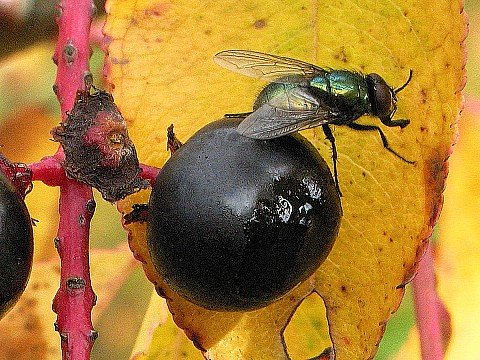
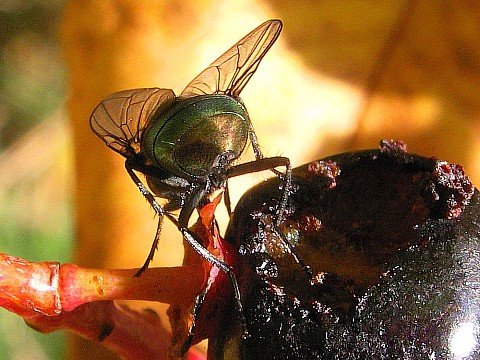
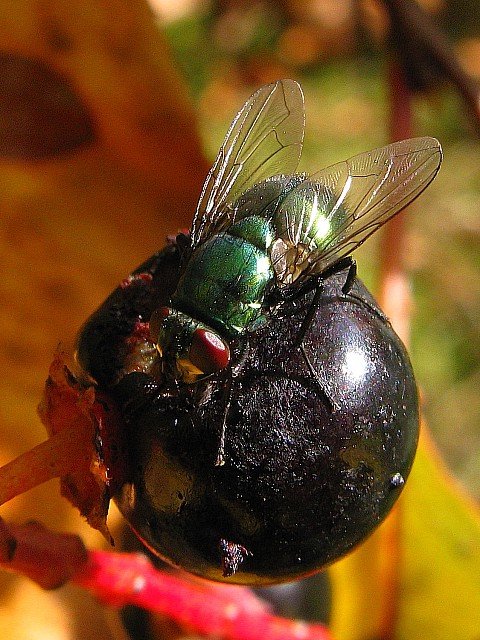
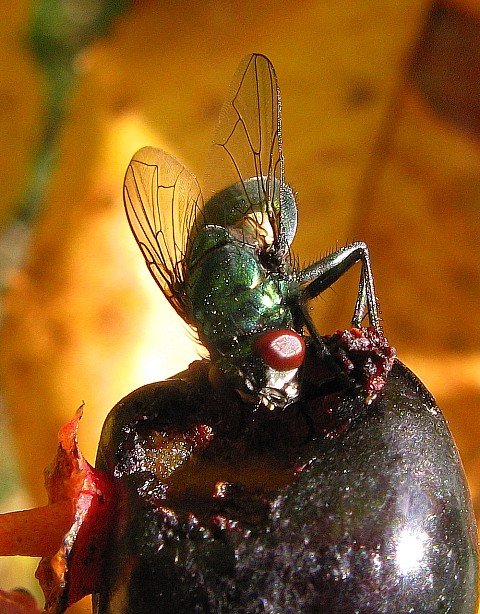
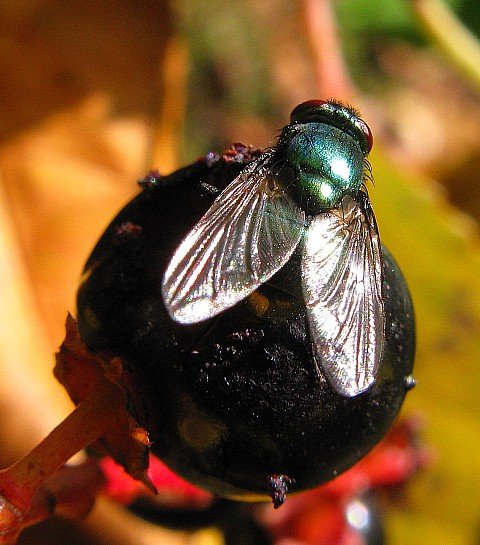


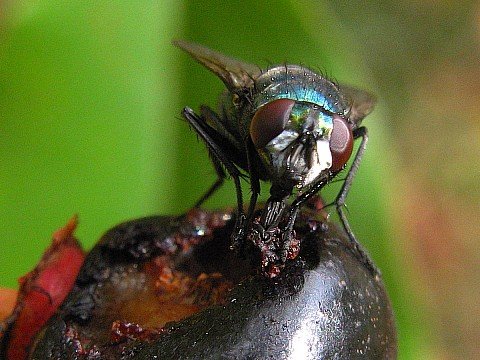
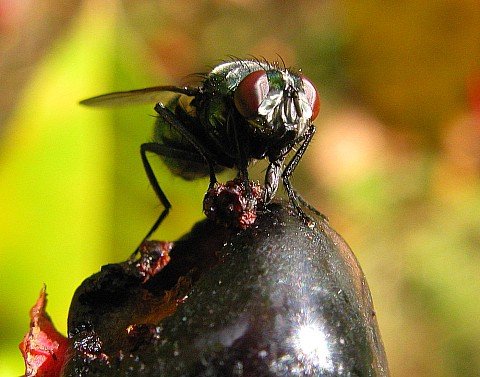
Photos: Anton K. 2009
Gedicht: Friedrich Haug
fleursdumal.nl magazine
More in: Anton K. Photos & Observations, Archive G-H, MUSEUM OF NATURAL HISTORY - department of ravens & crows, birds of prey, riding a zebra, spring, summer, autumn, winter
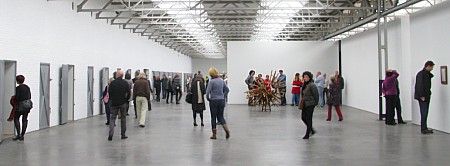
Ai Weiwei,
the artist, the philosopher and the rebel
Museum De Pont until june 24, 2012
Ai Weiwei (1957) is an artist, a philosopher and a rebel. It runs in the family. His father was a writer and a poet who was forced to live in exile in a labor camp for over 16 years. Ai Weiwei received his education in China and lived in the USA from 1981 to 1993. When his father became ill he returned to China. His art is multifacated and a challenge for our associative talents. He currently has a very inspiring show at Museum de Pont which is on view through 24 June.

Ai Weiwei’s art is about China, but his art is not the Chinese art that became popular during the late eighties and the nineties, with the cynical and caricatural paintings by for instance Fan Lijun and Yue Minjun, colorful paintings, crowded with bald headed, smiling, blunted figures. Ai Weiwei is not a painter, he has embraced the concept that art can be expressed in any way or form. In some of his videos he uses today’s reality in China as a ready-made, like Duchamp and Warhol before him, a registration of reality as it is, only ‘manipulated’ by the choice of subject.
Beijing is a 150 hour film of a 2400 km taxi drive, crossing a district of Beijing. The film shows a public space dominated by inanimate architecture, by motorways and cars, a view not different from any modern western city. The Chinese ornament hanging down from the cab’s rear mirror questions the scarce presence of remainders of traditional Chinese culture and architecture.
The Second Ring is a 66 minute film taken from the 33 bridges that cross the second ring in Beijing, 1 minute of film in each direction. It is an objective depiction of this fragment of reality without any explicit comment. The film leaves any questioning or commenting to us, to the viewer.
I’m not an analyst, my art is intuitive, of course I have put certain ideas into the works but they may not be the most important aspect. That is for other people to decide.
His art is Chinese, he acknowledges the skills, the craftsmanship of the Chinese cultural tradition, works of art from the past reflect as he puts it: the morality, the aesthetics and the philosophy of its time. He uses elements of this tradition and connects them to contemporary social-political issues, for instance by reconstructing trees as if museums are becoming the only save havens for conserving nature, just as they are for conserving important art. The Forever-bicycles sculpture integrates ready-mades into a carousel or is it a treadmill, it seems a metaphor for the absence of a strong believe in individuality in Chinese culture. And in his most famous work, the hundreds of thousands of painted sunflower seeds, Ai Weiwei suggests a modern form of slavery, a contemporary form in which the western 17/18th century Chine de Commande porcelain has been replaced by shirts, shorts and shoes.
Ai Weiwei’s Fountain of Light is a Chinese version of Tatlin’s Monument to the Third International, a symbol of modernity and a tribute to the Bolshewik Revolution of 1917. Weiwei’s monstrous sculpture addresses the audacity, the self-glorification of ideologies and the complete absence of any appropriate humility.
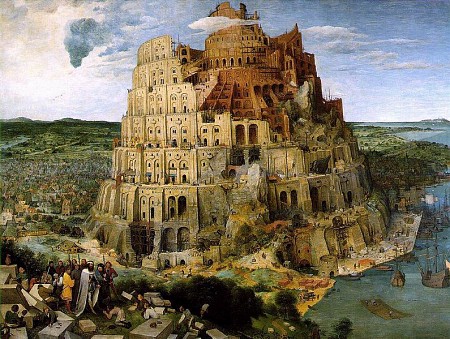
Pieter Breughel, Tower of Babel

Model of Tatlin’s Monument
Fountain of Light (at Museum De Pont)
Text & photos: Anton K.
De Pont museum of contemporary art:
Ai Weiwei until 24 June 2012
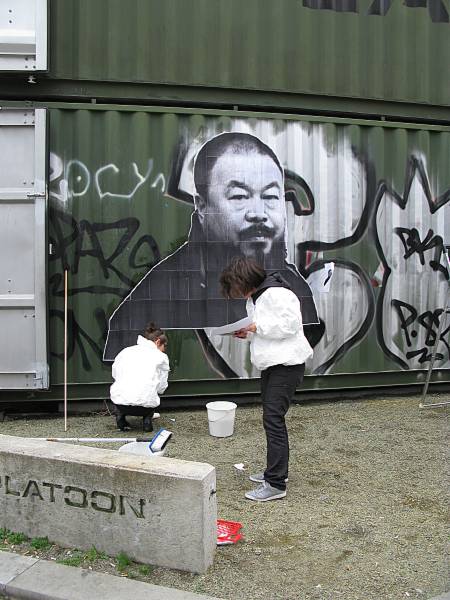
Berlin, Linienstrasse, protest against Ai Weiwei’s arrest, April 2011
fleursdumal.nl magazine
More in: Ai Weiwei, Anton K. Photos & Observations, Exhibition Archive, REPRESSION OF WRITERS, JOURNALISTS & ARTISTS, Sculpture
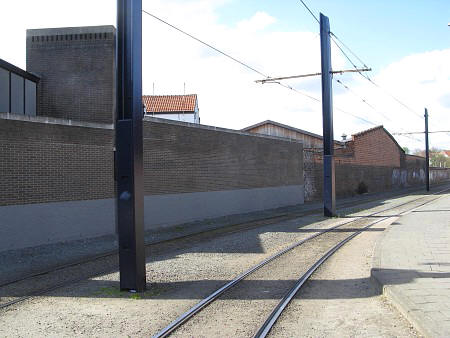
Gent, Dr. Guislainstraat
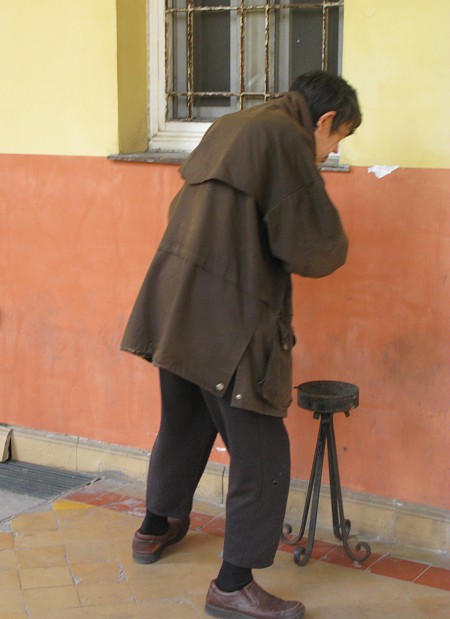
Psychiatric Centre Dr. Guislain
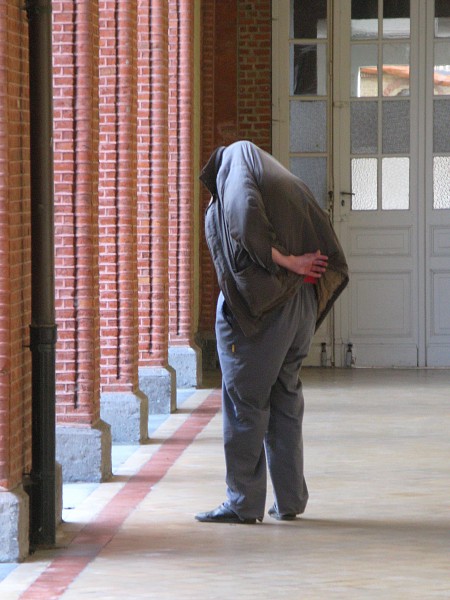
Psychiatric Centre Dr. Guislain
Dr. Guislain Gent: Dangerously Young
Gevaarlijk jong
Kind in gevaar, kind als gevaar
t/m 20/05/2012
Kinderen krijgen is een bijzondere belevenis: de toekomst plooit zich open. Het kind verdient de liefde, de bescherming en de aandacht waardoor het alle kansen krijgt zich zo volledig mogelijk te ontwikkelen. Ouders en opvoeders zetten zich overtuigend in om dit waar te maken. ‘Wie de jeugd heeft, heeft de toekomst’: een plechtige belofte, een prachtig perspectief.
Maar langs de andere kant is er de dreiging: wat als het zogenaamd fout loopt in de opvoeding? Wat als het kind zijn plaats niet vindt? Wat als het kind ziekt wordt? Wat als de samenleving kind en jongere de ruimte niet geeft om zich te ontwikkelen? Wat als ouders en opvoeders het ‘begeven’? Wat als jongeren bizarre poses aannemen of nog erger: inzet zijn bij criminele feiten? Morele paniek maakt zich niet zelden meester van de media: hoe zien we de toekomst van de jeugd?
Gevaarlijk jong gaat in op de risico’s in de wereld van kind en jongere. Welke risico’s lopen ze in hun ontwikkeling? Of, sterker, welke risico’s vormen ze zelf? Niet alleen de broosheid in het krijgen van ontwikkelingskansen maar ook de dreiging die het mislopen van opvoeding vormt, komen in het vizier. Kinderen, vroeger overtuigend omschreven als dé toekomst, worden nu benaderd in termen van gevaar en risico. Leven we in de tijd van het ‘risicokind’?
Kinderen worden vanaf (en zelfs voor) de geboorte permanent afgewogen tegenover de vraag: is dit kind wel normaal? We zien een toenemende invloed van de geneeskunde: Statistieken tonen bijvoorbeeld aan hoe op vijf jaar tijd het gebruik van rilatine door kinderen en jongeren met 250% toegenomen is. Is het kind zieker of is de dokter actiever? Er wordt beweerd dat kinderen en jongeren worden meer dan vroeger geconfronteerd met psychisch zieke ouders, met de ‘grote volwassen problemen’ als daar zijn depressie, relatieproblemen, armoede, … Was het vroeger dan écht beter? Of is dit oude wijn in nieuwe zakken: er is steeds een vorm van morele paniek voor jeugd nu.
Een batterij aan specialisten, meer dan ooit tevoren, bekommert zich over deze situatie: artsen, psychiaters, psychologen, pedagogen, maatschappelijk werkers stellen zich ter beschikking, maar de vraag is of ze antwoorden kunnen geven, of ze voldoende aanwezig kunnen zijn om de toch dikwijls gemelde risico’s het hoofd te bieden? Of overtuigen ze zich vooral van hun eigen noodzaak? Wat te denken van de nu gesuggereerde tegenstelling: nog nooit werden kinderen zo ‘gemedicaliseerd’ (‘medische hulp en liefst zo snel mogelijk’), nog nooit was het zo lang wachten op psychiatrische hulp voor jongeren (‘psychiatrische hulp zo traag beschikbaar’)? Is dit een paradox, of niet? Wat zegt dat over onze samenleving? Over ons?
Gevaarlijk jong kadert de scherpte van deze actualiteit in een geschiedenis van inspanningen en praktijken voor kinderen in gevaar/als gevaar. Het is een geschiedenis van pedagogische praktijken, van instituten, van psychologische overtuigingen. De hedendaagse jongerenpsychiater meldt problemen: Gevaarlijk jong zet ze in het perspectief van eerste ontwikkelingen van deze medische specialisatie in de negentiende eeuw. De scherp-omlijnde beelden die wij maken van het ‘ideale’ kind, de ‘ideale’ jongere, worden geplaatst in historisch perspectief. De brave Hendrik, de ondeugende De Witte van Zichem, de bizarre poses van punkmeisjes, kinderen in instellingen, het misbruik bij kinderarbeid, de onmogelijke realiteit van kindsoldaten passeren de revue.
Gevaarlijk jong toont de wereld van het kind met zeer verschillende objecten: pedagogische traktaten, affiches voor campagnes ter bescherming van de jeugd, klassieke portretten van kinderen, van adolescenten, verbeeldingen in de hedendaagse kunst, …
Met werk van o.m. Christian Boltanski, Marie-Jo Lafontaine, Oleg Dou, William Klein, Paul Klee, Joan Miro, Ferdinand De Braeckeleer, Eugène Laermans, Dorothea Lange, James Mollison, Willy Kessels, Sofie Muller, Léon Frédéric, Thomas Bogaert, Gery De Smet, Alessandra Sanguinetti, Sergey Bratkov, Diane Arbus, Ruud van Empel, Banksy, Keith Haring, Henri Evenepoel, Rineke Dijkstra, Jacob Smits, Ron Mueck, Ronald Ophuis, Achiel Bentos (De Martelaere), Erró, Wu Yhe, Henri-Joseph Dillens, Elisabeth Payton, Takeshi Makishima, Hans-Jörg Mayer, Richard Wathen, Mattias Nordéus, Storm, Meredith James, Orkeny & White, Firmin Baes, Louis Gallait, Ferdinand Khnopff, Ulu Braun, Edith Maybin, Elke Andreas Boon, William Klein, Jan Yoors, Deanna Templeton, Yu Xiao, Carolein Smit, Jans Muskee, Piet Pollet, Piki & Liesbet Verschueren, Constant Permeke, Geert Goiris, Gerda Dendooven, Ilse Roman, Johan & Boris De Wilde, Karolien Soete, Pierre Jacques Dierckx, Evert Laroch, Lieve Van Stappen, Margot Dieleman, François Thévenot, Emile Thysebaert, Liévin De Winne, Jenny Montigny, Sven ‘t Jolle, Lucebert, Charles Hermans, Jan Verhas, Tom Schamp, Susan Anderson, Mario Giacomelli, Larry Clark, Nan Goldin, David LaChapelle, Mark Cohen, Michaël Matthys, Christine Spengler, Vee Speers, Désirée Dolron, William Scott, Franco Bellucci, Hans-Jörg Georgi, Wouter Coumou, Hendrick Heffinck, Marie-Jeanne Moreau, Laurette Van Fleteren, Antony Neukens, Hubert Grooteclaes, Steve Hart, Alain Kazinierakis, Gert & Dina Dooreman, Auriea Harvey & Michael Samyn (Tale of Tales)
Gevaarlijk jong is naast een tentoonstelling in Museum Dr. Guislain in Gent nog veel meer. Er zijn kinder- en familietheatervoorstellingen, lezingen, publicaties en (kinder-)symposia. Gevaarlijk jong is een samenwerking tussen Vlaams Kinderrechtencommissariaat, Gezinsbond, Kopergieterij en Museum Dr. Guislain. Voor het programma: zie: www.gevaarlijkjong.be
Bij de tentoonstelling verscheen een catalogus (N/E), 192p., Lannoo, Vormgeving Dooreman, quadri, met bijdragen van o.a. Peter Adriaenssens, Bruno Vanobbergen, Gerda Dendooven & Erwin Mortier
foto’s Anton K.
fleursdumal.nl magazine
More in: Anton K. Photos & Observations, Historia Belgica
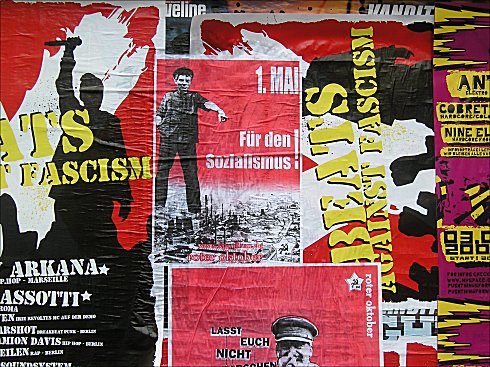
Street poetry: Against fascism
photo Anton K. Berlin – fleursdumal.nl magazine
More in: Anton K. Photos & Observations, Fascism, MUSEUM OF PUBLIC PROTEST, Street Art
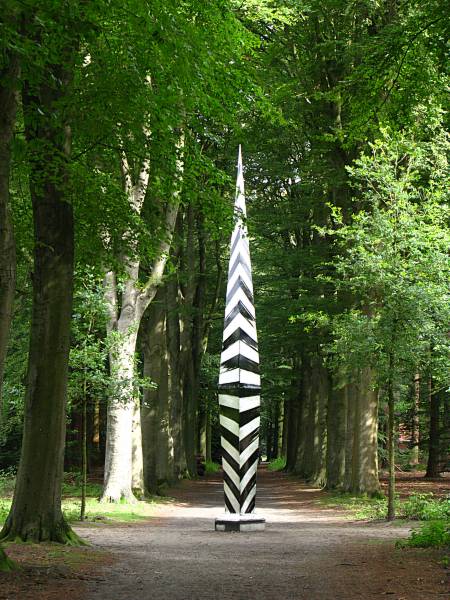
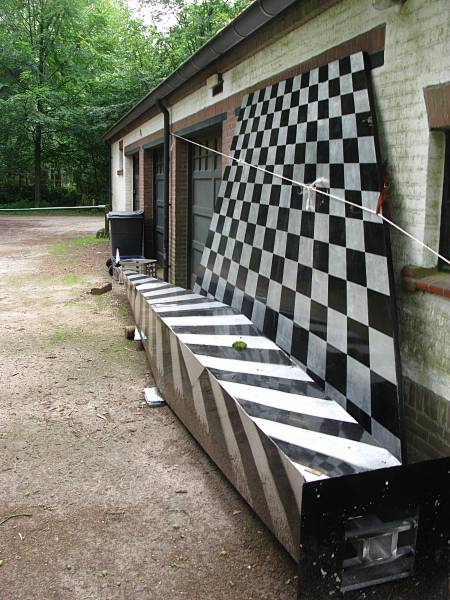
Lustwarande 2011 – Oude Warande Tilburg
Status September: Michael Aerts’ sculpture was victim of vandalism and Urs Fischer successfully illustrates the ephemerality of nature (and art). And more pictures of sculptures by Huma Bhabha, David Jablonowski, Mark Manders, Sterling Ruby and Rebecca Warren. Through 9 October.
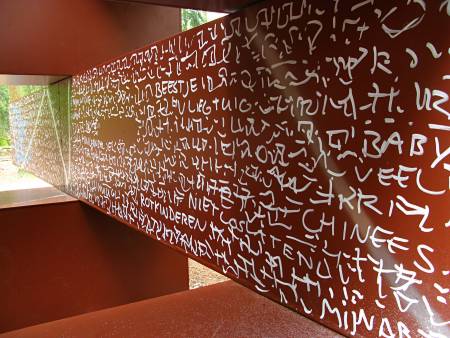
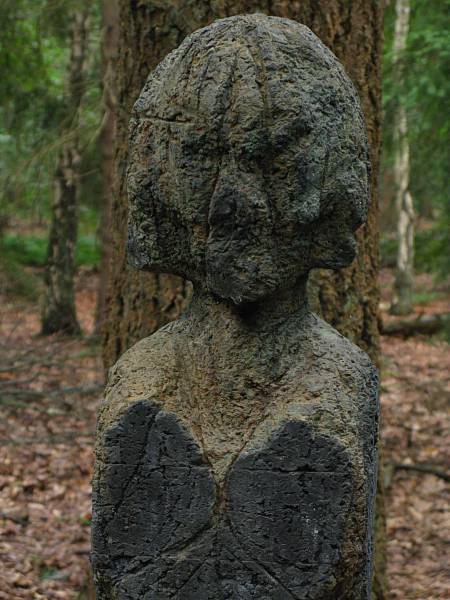



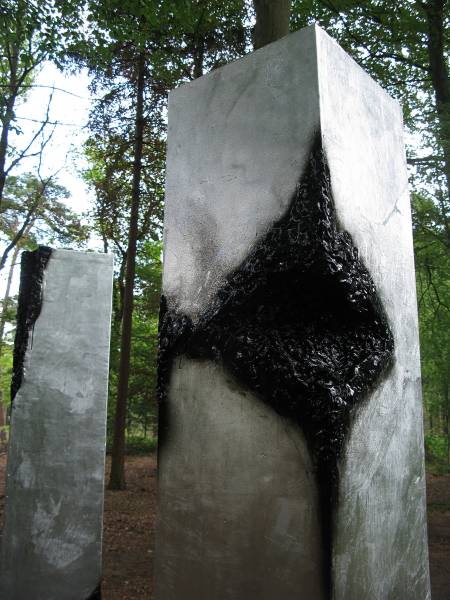

Lustwarande 2011 until october 9, 2011
Deelnemende kunstenaars: Michaël Aerts (B), Huma Bhabha (PK), Peter Buggenhout (B), Aaron Curry (USA), Lara Favaretto (I), Urs Fischer (CH), Thomas Houseago (GB), Takahiro Iwasaki (J), David Jablonowski (D), Jitish Kallat , (IND), Idris Khan (GB), Sandra Kranich (D), Jim Lambie (GB), Mark Manders (NL), John McCracken (USA) *, Christian Philipp Müller (CH), Rupert Norfolk (GB), Navid Nuur (IR/NL), Anselm Reyle (D), Sterling Ruby (USA), Sandro Setola (NL), Conrad Shawcross (GB), Camila Sposati (BR), Moniek Toebosch (NL) *, Tatiana Trouvé (F), Vibskov & Emenius (DK/S), Banks Violette (USA), Rebecca Warren (GB), Sofi Zezmer (PL/D), Callum Morton (AUS) – Grotto (2009). Curator: Chris Driessen, artistiek leider Fundament Foundation
photos anton K.
fleursdumal.nl magazine
More in: Anton K. Photos & Observations, Dutch Landscapes, Fundament - Lustwarande, Sculpture
Thank you for reading Fleurs du Mal - magazine for art & literature